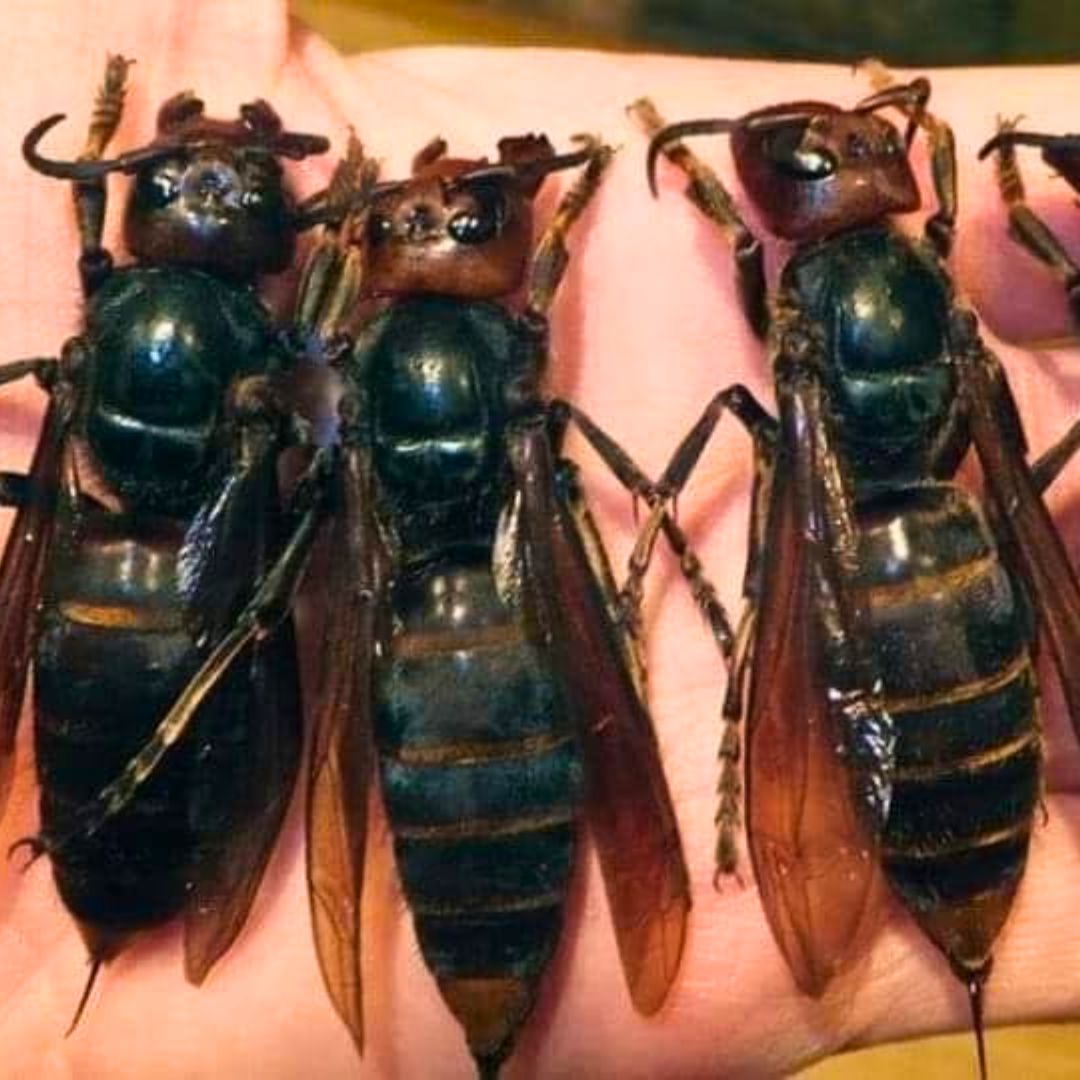The United States has been confronting a formidable and potentially lethal threat since 2019 with the emergence of the giant killer wasp, commonly known as the “murder hornet.” Originating from Asia, this invasive species has gained notoriety as the largest and most dangerous hornet globally, instilling fear and disruption, particularly in the state of Washington.
Recent Developments and Spread:
The most recent encounter with this dangerous insect occurred on August 11, 2021, in Washington, merely 3.2 kilometers from its initial detection in December 2019 near Blaine. The Washington State Department of Agriculture (WSDA) reported this sighting, noting the hornet’s aggressive behavior towards any moving target and its sizable 4.4-centimeter length, which adds to the intimidation factor.
Impact on Bee Populations:
The nickname “murder hornet” aptly describes the devastation these creatures can inflict on beehives. Armed with powerful mandibles, these hornets can annihilate thousands of bees, decapitating them and overtaking the hives to nurture their own brood. This not only decimates bee populations but also poses significant risks to biodiversity and agricultural productivity.
Human Health Risks:
Beyond their impact on bees, murder hornets pose a direct threat to humans through their potent venom. Capable of delivering a significant amount of venom with a single sting, these hornets can potentially be lethal, although fatalities are rare. The pain and medical risks associated with their stings are concerning, necessitating caution and immediate medical attention in the event of being stung.
Control and Mitigation Efforts:
In response to the ongoing threat, the WSDA has initiated several measures aimed at controlling and eventually eradicating this invasive species. Strategies include setting live traps and tagging captured hornets to locate and destroy their nests. Given the proximity of recent sightings to the US-Canada border, officials in both countries are collaborating to set additional traps, hoping to prevent further spread and safeguard both human and ecological health.
The continuous spread of the murder hornet in the United States is a stark reminder of the challenges posed by invasive species. Effective management and mitigation are crucial to protect bee populations crucial for pollination and to ensure public safety. Ongoing efforts by the WSDA and collaboration with Canadian officials are vital in addressing this alarming threat. As this situation develops, it remains a priority for environmental and public health officials to monitor, control, and educate the public about the risks associated with these formidable insects.

